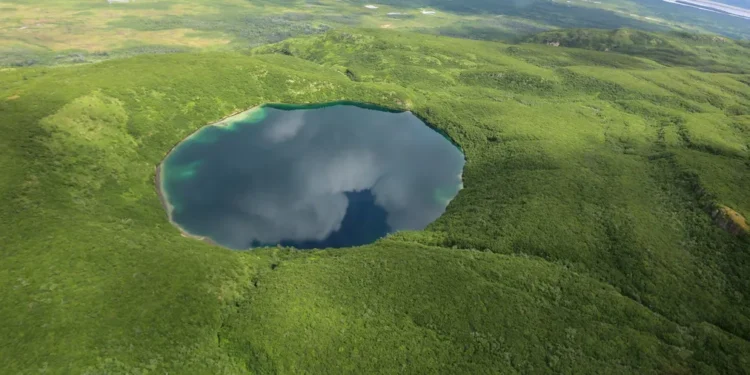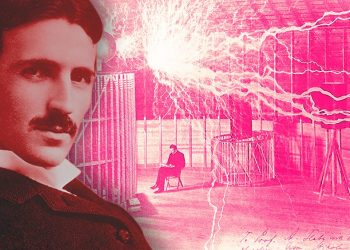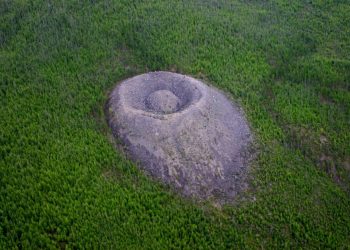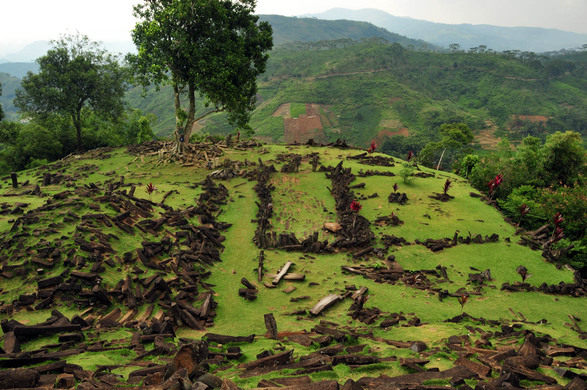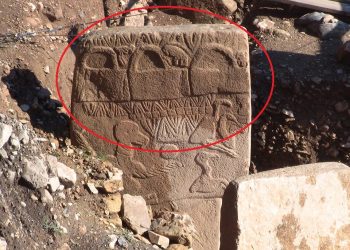Deep within Alaska’s Katmai National Park lies a nearly perfect circular depression that has baffled scientists for decades. Known as the Savonoski Crater, this massive hole—measuring approximately 500 meters wide and 110 meters deep—appears from above like the unmistakable mark of a cosmic impact. Yet, despite its striking resemblance to a meteorite crater, no conclusive evidence supports such an origin.
A Mystery Without Clear Clues
Scientists have spent years searching for traces of meteoritic material, impact-shocked rocks, or any geological features that could confirm that a space rock was responsible. Extensive surveys conducted in the 1960s and 1970s turned up empty, failing to uncover even a single fragment of debris consistent with a high-speed extraterrestrial collision. The absence of these crucial indicators has left researchers questioning what force could have sculpted this enigmatic formation.
Could It Be a Volcanic Maar?
Another compelling theory suggests that Savonoski Crater might be a volcanic maar, a type of explosion crater formed when magma rising from deep underground interacts with groundwater. The sudden conversion of water into steam triggers a violent eruption, leaving behind a broad depression that often fills with water over time. This is precisely what happened in 1977 at Ukinrek Maar, an Alaskan crater of similar dimensions.
However, a volcanic explanation raises even more questions than it answers. Surveys conducted over the past decades have failed to identify any nearby volcanic structures or signs of an active magma source beneath the crater. If a maar explosion did occur at this site, it remains unclear what fueled it and why no other volcanic features exist in the immediate area.
The Role of Glacial Erosion
One factor complicating the search for answers is the crater’s exposure to at least one major glaciation event between 23,000 and 14,700 years ago. This means that at some point in its history, the crater was buried beneath thick ice, which could have erased key evidence of its formation. Glaciers are known for their ability to scour landscapes clean, potentially sweeping away the very clues that could help pinpoint the crater’s origin.
Despite the challenges, the Savonoski Crater remains a geological mystery waiting to be unraveled. Scientists suggest that a deep drilling expedition could reveal whether the crater’s interior holds hidden geological evidence—perhaps preserved layers of rock or remnants of a violent explosion long forgotten by time.
Until such research is conducted, the true story behind this perplexing Alaskan landmark remains unknown. Is it the scar of an ancient impact, an explosive volcanic event, or something entirely unexpected? For now, the Savonoski Crater continues to keep its secrets buried beneath layers of ice, water, and time.
Join the Conversation!
Have something to share or discuss? Connect with us on Facebook and join like-minded explorers in our Telegram group. For the latest discoveries and insights, make sure to follow us on Google News.



